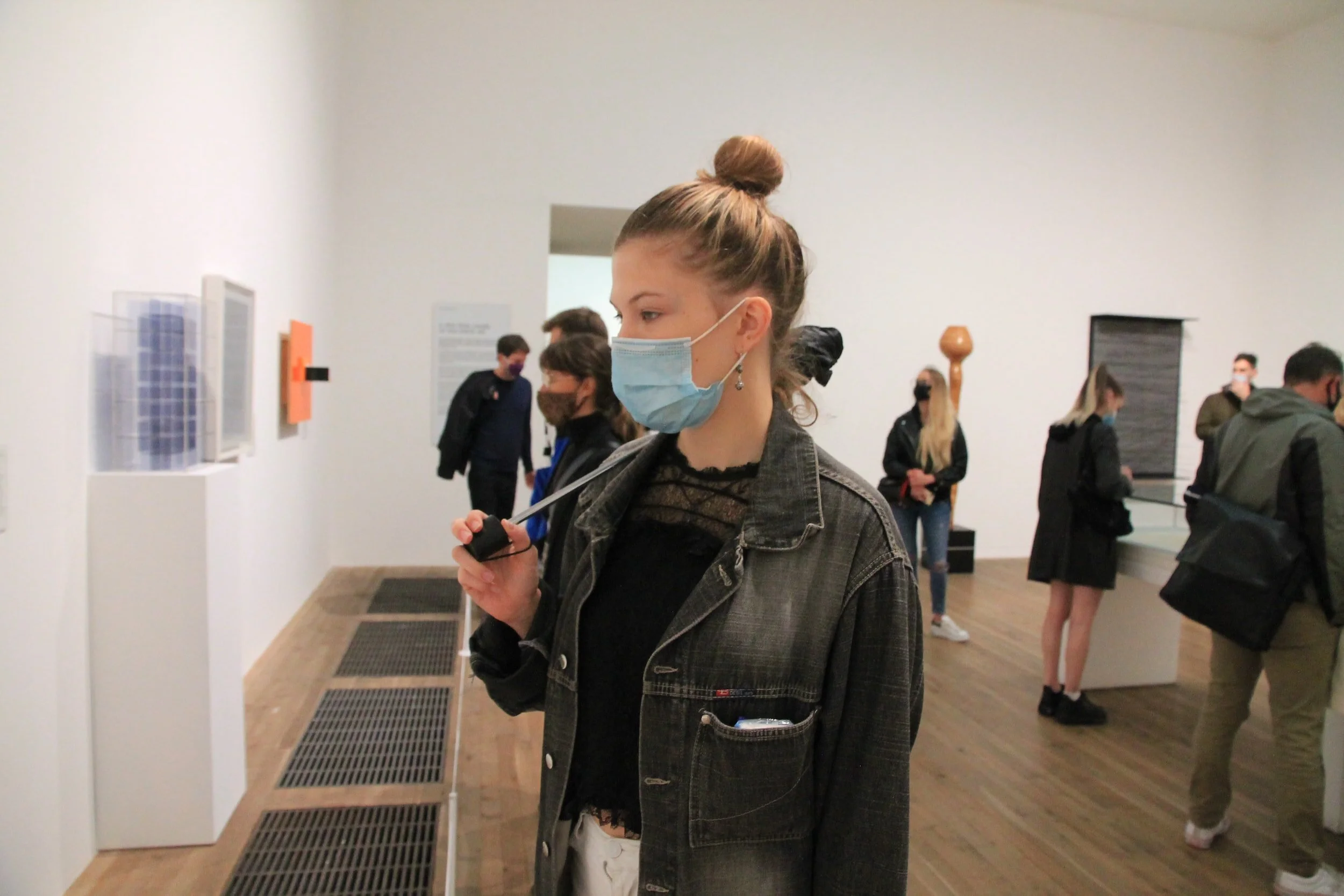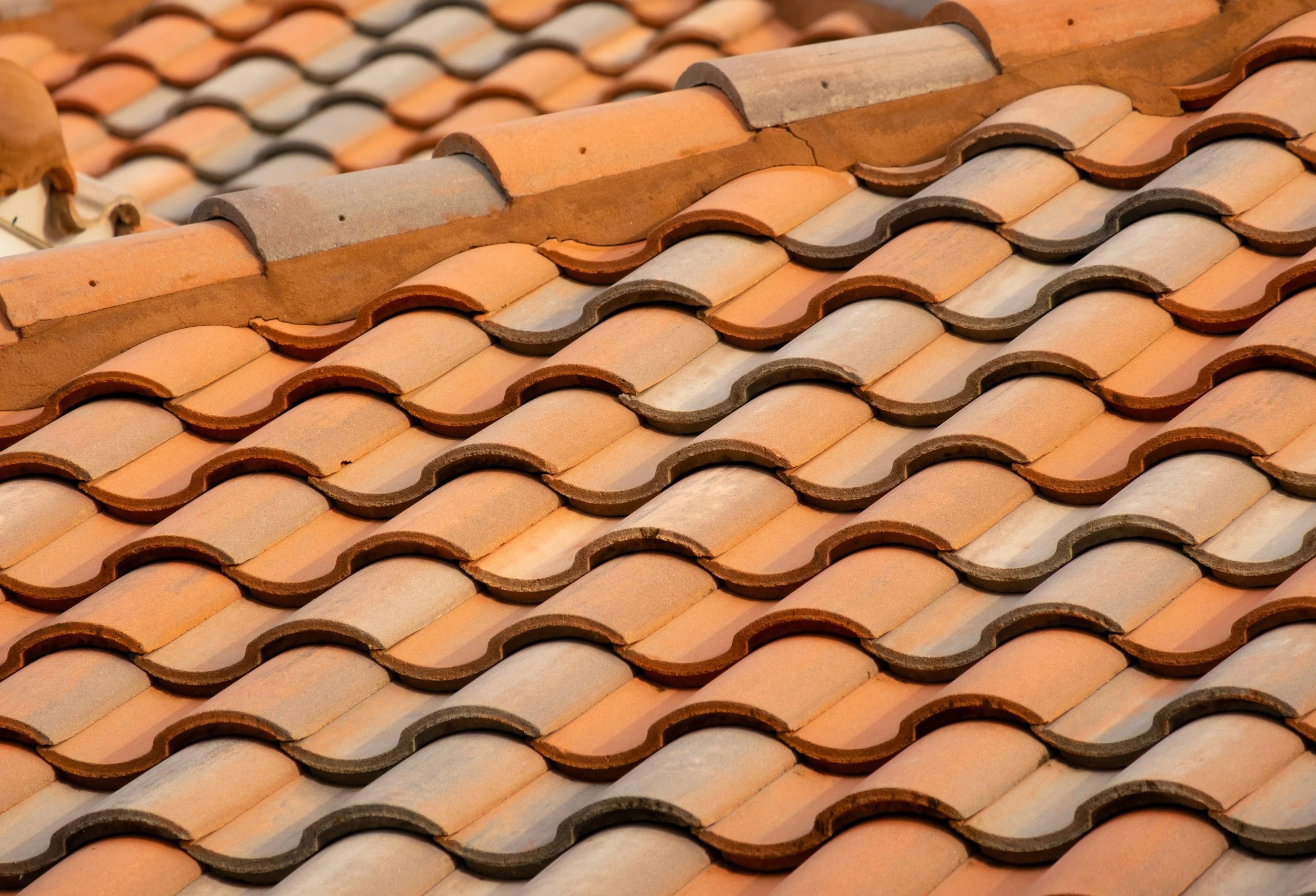Everything You Need To Understand About Art Investment And Why It Is Good For You
By PAGE Editor
If you are an investor, you should know that placing your money in different things is always a good idea. One of the best and safest things to invest in is art because the market does not affect the world's economies. That’s why you should consider this option since it can easily generate money if done right. Follow the article to learn about art investments.
While delving into the world of art investment, you may find value in exploring local art consulting at pictureperfectartframing.com to gain insights and make informed investment decisions.
What do you need to know to understand art investment?
Key takeaways
First of all, you need to know what kind of products you can invest your money in and what can you do with them. There are some key takeaways that will help you. The professionals behind Masterworks.io emphasize that this information is very important for you to get started as an art investor. Be sure to learn the trade before investing by consulting with an experienced professional who can tell you exactly what to do. Here are the key takeaways:
1) Giclées
Giclées are high-end copies of original pieces, and the fact they are high-end makes them rare, and thus their value grows. Have in mind that many people think of them as gimmicks, but that should not discourage you from investing in them. These copies are made on fine print or canvas, and they are still good enough to be put in museums, which means they could also be sold.
Why should you consider investing in Giclées?
Even though they will never reach the price and potentials of their original source, these copies put high-quality art within the reach of many art enthusiasts, but certificates won’t make it more expensive. However, a fresh signature and a remarque can easily pump up the price in the future.
Even museums have exhibits where they use giclées, but they are limited editions created in print or digitally. They also generate income by selling such copies of paintings.
2) Prints and posters
These pieces are easily distinguished from original pieces and are visible with a naked eye. This practice started with the mass-produced prints that were taken to America in the 19th century. Today, prints like these are sold in malls and museum shops all over the world and take masterpieces into your home at a reasonable price. However, the value cannot grow even near as fast as the giclées.
It is very easy to recognize these prints, but you’ll sometimes need a magnifying glass to find a tiny dot matrix on the paper. The value is determined by looking at many different factors:
size of the edition (number of prints)
the significance of the work
condition of print
signature and numbering by the artist
3) Selling your investments
A lot of people get too attached to the paintings they buy and end up keeping them, rather than selling which can skew the pricing samples. When the owner holds an auction, it's because he thinks it will attract a big price for the pieces that will be exhibited. Over 40% of art resales happen this way, and experts think that merely 0,5% of paintings that are bought are ever resold (usually when someone runs into financial troubles).
When you know you have a high-quality piece of art hanging on your wall, and you feel ready to get rid of it, the best way to ensure you’ll make money from it is a fine art auction house, and they usually take 5-25% for it. If you try to sell your pieces online, the money you get will be significantly less. Also keep in mind that, while it can create a large growth in your wallet, the art market can easily plummet in times of recession.
Why is investing in art good for you?
Now that you know the basics of art investing it is only fair to learn why it is good for you. And here are the reasons:
1) It has a residual value
Stocks and bonds can lose almost all their value in a short period, while art is a tangible asset. This means that an art collector, especially the one that buys original art can know that it is most likely that the piece will stagnate or increase in value. There are multiple ways to sell it on the art market, but, as it was said above, the best way is an auction. Have in mind that many rich collectors will compete for the art you possess. A good investor knows what types of art to buy, and will always generate income from it.
2) It has a hedge against inflation
Just like fine wine, fine art maintains or even increases its value with age. While other investments lose their worth during inflation, art appreciates at a rate higher than that of inflation. It will always grow in value even when the economy is bad.
3) It diversifies the investments you make
Investors tend to create a diverse portfolio of things they direct their money towards. When, for example, a stock loses value, there is art that creates a safe balance. Putting all of your money in only one type of investment is not a smart move and it could possibly result in a disaster where you lose all of it.
That is why alternative investments should be made, and art is one of the best solutions. It doesn’t sell in stocks and bonds, but rather in its physical form. The market is growing all the time so keep your pieces in good condition to generate income from them. Also, the art market is separated from the stock market and doesn’t affect the world economies.
4) It has the potential for a large growth
As it was said, the value of art increases through time, and it goes double for paintings created by deceased artists. That is when the exponential growth is achieved, so it would be smart to invest in pieces whose creators are still alive.
Once they die, the value of their work will suddenly grow and you have to take that opportunity to sell it, making you much richer.
So, if you get into this business, consider buying from both masters and up-and-coming artists because you never know what times lay ahead. Collecting the pieces of the masters is guaranteed to appreciate, but young artists might be discovered in the span of a couple of years, and you’d already have their work which will surely then become way more expensive.
As you see, art could not only be used as an aesthetic addition in your home but also a great way to make a lot of money. Be sure to consult experts on the matter because they can help you to get started the right way.
After some time you will learn all the arts of the trade and you’ll be on your way to great wealth. This is smart especially if you already tend to invest in other things.
Featured















Topicals makes its first-ever collaboration debut with Billionaire Boys Club, reimagining its cult-favorite, Sephora No. 1 Faded Under Eye Masks in a limited-edition space-blue design that merges streetwear culture, community, and clinically backed skincare.